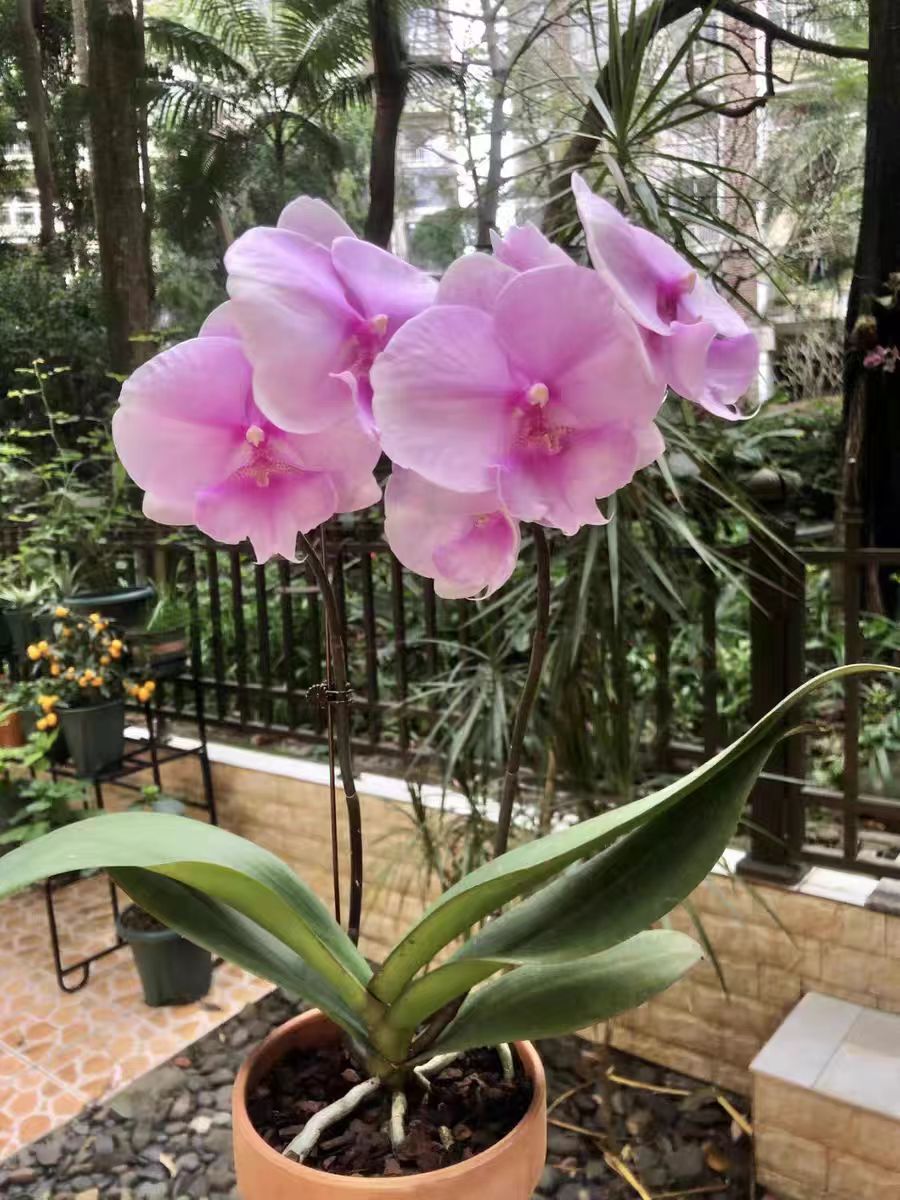Phalaenopsis is an epiphytic plant with aerial roots, requiring loose and breathable planting materials, and bark is a commonly used choice. However, not all types of bark are suitable, and multiple factors should be considered when selecting. Many novice growers often ask: what kind of bark can actually be used as planting material? Is dead bark more suitable than living bark?
The most common and recommended bark for growing Phalaenopsis is pine bark. Pine bark has a (loose) texture and excellent air permeability—perfect for Phalaenopsis roots, which hate stuffy environments. The numerous gaps in pine bark allow roots to breathe freely. Additionally, it can store moisture and release it gradually to the plant, acting like a small reservoir, which is ideal for the "finicky" Phalaenopsis that loves humidity but fears waterlogging. Willow bark is also a good option: it contains natural salicylic acid, which not only sterilizes and preserves but also promotes root growth in Phalaenopsis.
However, not all pine or willow bark can be used directly! Bark like oak or birch is less suitable due to its hard texture, poor water absorption, and limited air permeability. Phalaenopsis roots struggle to anchor in such bark and are prone to drying out.
Here’s a common question: "Should I use dead or living bark?" Remember: for Phalaenopsis, always use dead bark! Living bark is still growing, containing active substances and moisture that easily breed bacteria. In the pot, it decomposes gradually, generating heat that can burn the roots. Dead bark, fully dehydrated and non-living, has a stable structure, resists decay, and provides a safe, stable environment for Phalaenopsis.
But dead bark still needs processing. First, break collected bark into small pieces (1–3 cm in size); pieces too large prevent roots from attaching, while too small pieces reduce air permeability. Soak the bark in clean water for 2–3 days to remove impurities and resin, which can hinder Phalaenopsis growth. After soaking, boil the bark for about 20 minutes or disinfect it with a carbendazim solution to kill pathogens and insect eggs thoroughly.
In addition to bark, you can mix it with sphagnum moss and perlite. Sphagnum moss has strong water absorption, while perlite enhances air permeability. Combining these materials creates a super-comfortable "home" for Phalaenopsis, ensuring robust growth and beautiful blooms!
What kind of bark can be used as planting material for Phalaenopsis?

Share with
Tagged in :




Leave a Reply